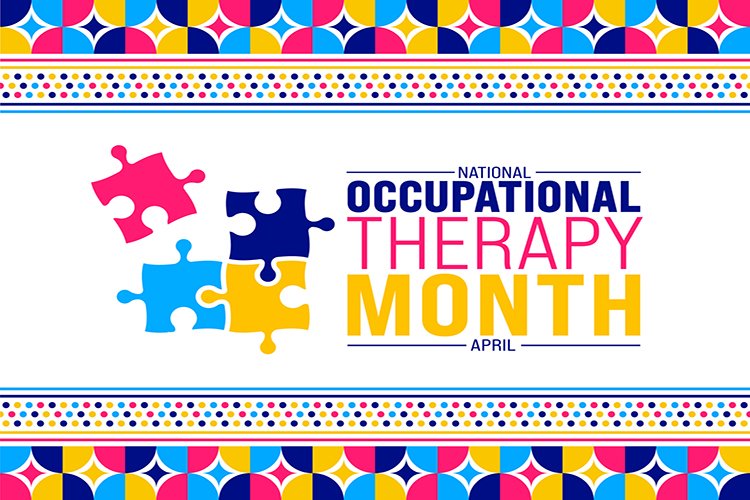The Role of Occupational Therapy in Cancer Rehabilitation

Getting a cancer diagnosis can be scary and unknown. Not knowing what is going to happen and what the path of treatment is going to look like is nerve-racking to people. People with a cancer diagnosis can benefit from occupational therapy services for many different reasons. Occupational therapists have a special skill set to help people regain and work towards independence with functional tasks, including activities of daily living (ADLs), instrumental activities of daily living (IADLs), leisure, work-related tasks, community integration and social participation.
Occupational therapists can help patients manage, improve and/or work on the following:
- Range of motion (ROM)
- Fine motor control
- Adaptive equipment
- Activities of daily living
- Instrumental activities of daily living
- Fatigue
- Balance
- Cognition
- Lymphedema
- Neuropathy
- Pain
- Vision
- Community integration
- Psychosocial factors
Occupational therapy can help with preventative care, early stages of diagnosis, through the chemotherapy and/or radiation stage, with post-operative changes, and with understanding end-of-life care. It can also assist in preventing long-term disability, and help people return to engaging in their typical daily tasks, as well as improve mobility for people needing to undergo chemotherapy and radiation.
With occupational therapy, people can learn ways to adapt and modify tasks, and learn energy conservation techniques in order to improve quality of life. Occupational therapists can complete a task analysis to break down a task, helping patients become more successful and independent.
A cancer diagnosis can have a big impact on a person's emotional and psychological well-being. Occupational therapy can help with this, and play a role in helping patients and their loved ones find community resources and support groups as needed.
Stephanie Sebald, O.T.R.L., is an occupational therapist at MyMichigan Health.